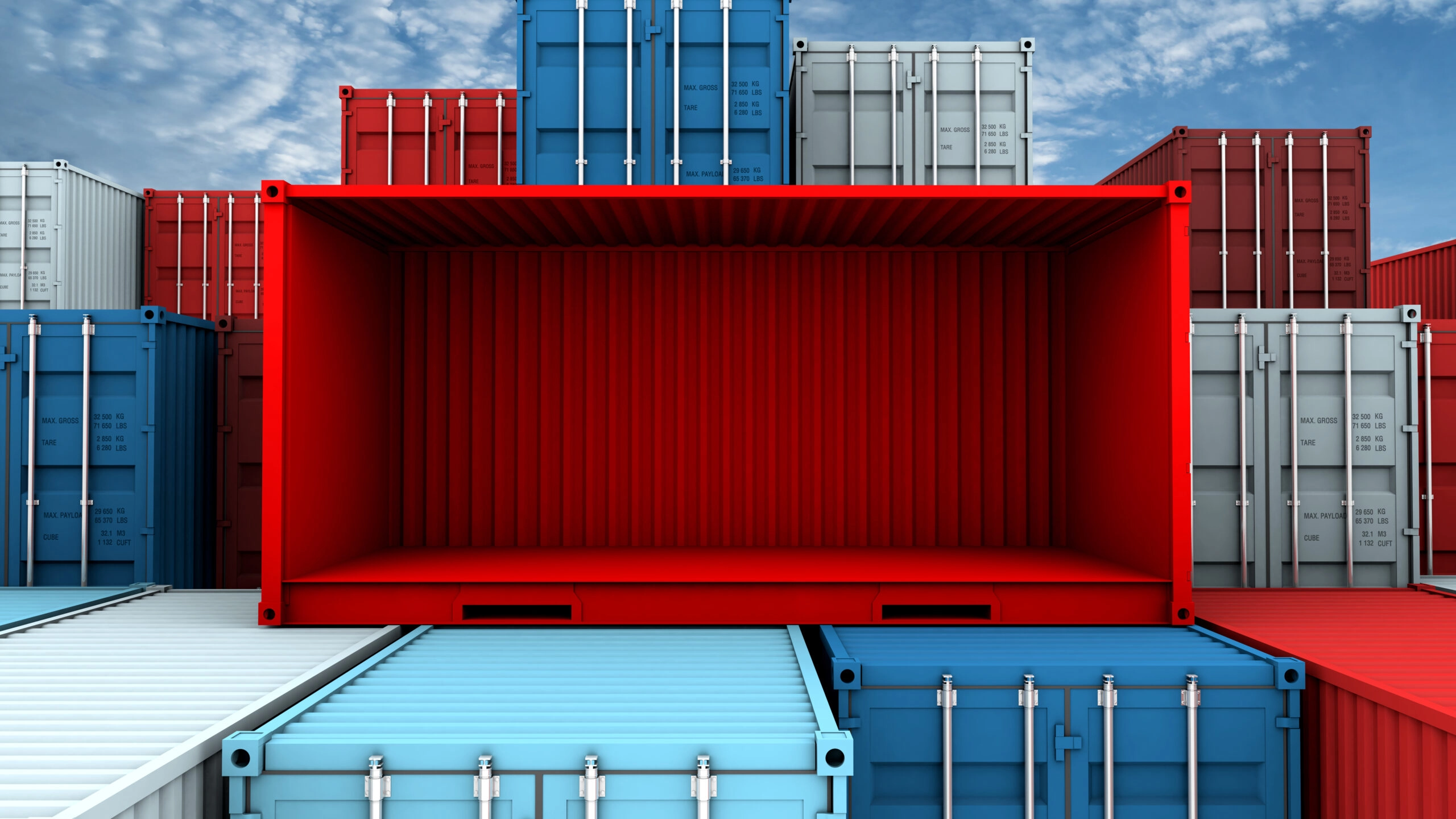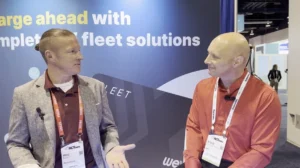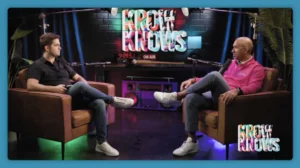U.S. agricultural exports running on empty containers
This article originally appeared on Cargomatic.com

U.S. seaports include an often overlooked but still highly important item in their monthly containerized throughput figures: the number of empty containers crossing their docks.
In the first five months of 2023, the U.S. saw some 1,078,538 teu of empty containers passing through the nation’s top ten ports. That’s about 7% of the country’s throughput total and in 2022, the figure was 7.5%.
For some people, the very idea of empty boxes raises a smile: importing and exporting air, they say. But there’s a lot more to the coming and going of empty boxes than just the transfer of air from one place to another. There’s a lot of money at stake, especially for exporters.
Exporters need empties
“The availability of empty containers is a major contributing factor for exporters trying to get their goods to market,” according to Weston LaBar, Cargomatic Chief Spokesperson and VP of Industry Relations.
“Many exporters need a certain type, size and quality of container and there is not always an ample amount of the right containers for them,” LaBar says. “This creates increased cost, delays, and can also dictate which steamship line an exporter might have to use.”
Peter Friedmann is Executive Director of the Agriculture Transportation Coalition also known as AgTC, an organization which represents the interests of agriculture exporters throughout the United States.
Headhaul and backhaul
Friedmann makes a very interesting distinction between what he calls the “headhaul” and the “backhaul” in ocean shipping, especially when it comes to making profits.
According to Friedmann, ocean carriers make their profits off the head haul, which means delivering loaded import containers, not off the back haul carrying export containers.
“Ocean carriers put their ships in service, plan their routes, plan their schedules and frequency for the import cargo – the headhaul – because it generates the revenue,” he says.
Ag exports have little margin
“Nobody’s putting a ship in service to have agriculture exports as their head haul because the exports don’t have enough margin, have way too much international competition, and can’t generate the freight revenue for the carriers to make it worthwhile to run a ship,” Friedmann says.
Even in the best of times, agriculture exporters have difficulties getting the empty containers they need due to what are called problems of “repositioning.”
Those problems occur because loaded import containers are usually delivered to urban centers where they are unloaded, leaving the empties far from the rural locations where they are needed by agricultural producers.
Repositioning a problem
That raises the questions of how the empties are to be repositioned to the rural locations and who pays for that service.
During the pandemic, when consumers were largely indoors under lock-down mode, their spending patterns changed radically. Instead of going out to movies or sports events or restaurants, consumers stayed home and began to divert their spending to goods.
That diversion resulted in the increasing numbers of loaded import containers reaching the country beginning in the second half of 2020 and continuing well into 2022. The increased consumer demand also created higher and higher prices to ship a container aboard an ocean carrier.
Financial incentive lacking
With rates soaring for the headhaul of imports, ocean carriers had little financial incentive to reposition empty containers for use by agricultural exporters and, instead, hurried the empties back to their point of departure to be refilled with more imports.
Noel Hacegaba, Deputy Executive Director of the Port of Long Beach, underlined the change that took place during the pandemic purchasing boom, seeing it as a major shift in the direction of trade.
“Historically, the ratio between inbound and outbound container flow was as follows: for every two inbound containers, we sent out one export and one empty,” Hacegaba told Cargomatic.
Surge widened import-export ratio
“In recent years, however, we have seen the proportion of empty containers increase to nearly 40%, in large part due to the historic import cargo surge that widened the ratio between imports and exports,” Hacegaba said.
“Container imbalances are one of the major issues that the Ocean Shipping Reform Act of 2022 seeks to remedy,” according to Weston LaBar. “However this will take some time to monitor and see if the necessary steps have been taken to help America’s exporters get their product to market in a fast and cost-effective manner.”
Friedmann confirmed that his organization is monitoring the situation but is currently “encouraged” by the ocean carriers’ “increasing enthusiasm to carry export cargo, to reposition containers where they’re needed by the exporters, and to work with exporters to facilitate the flow of our ag exports.”








